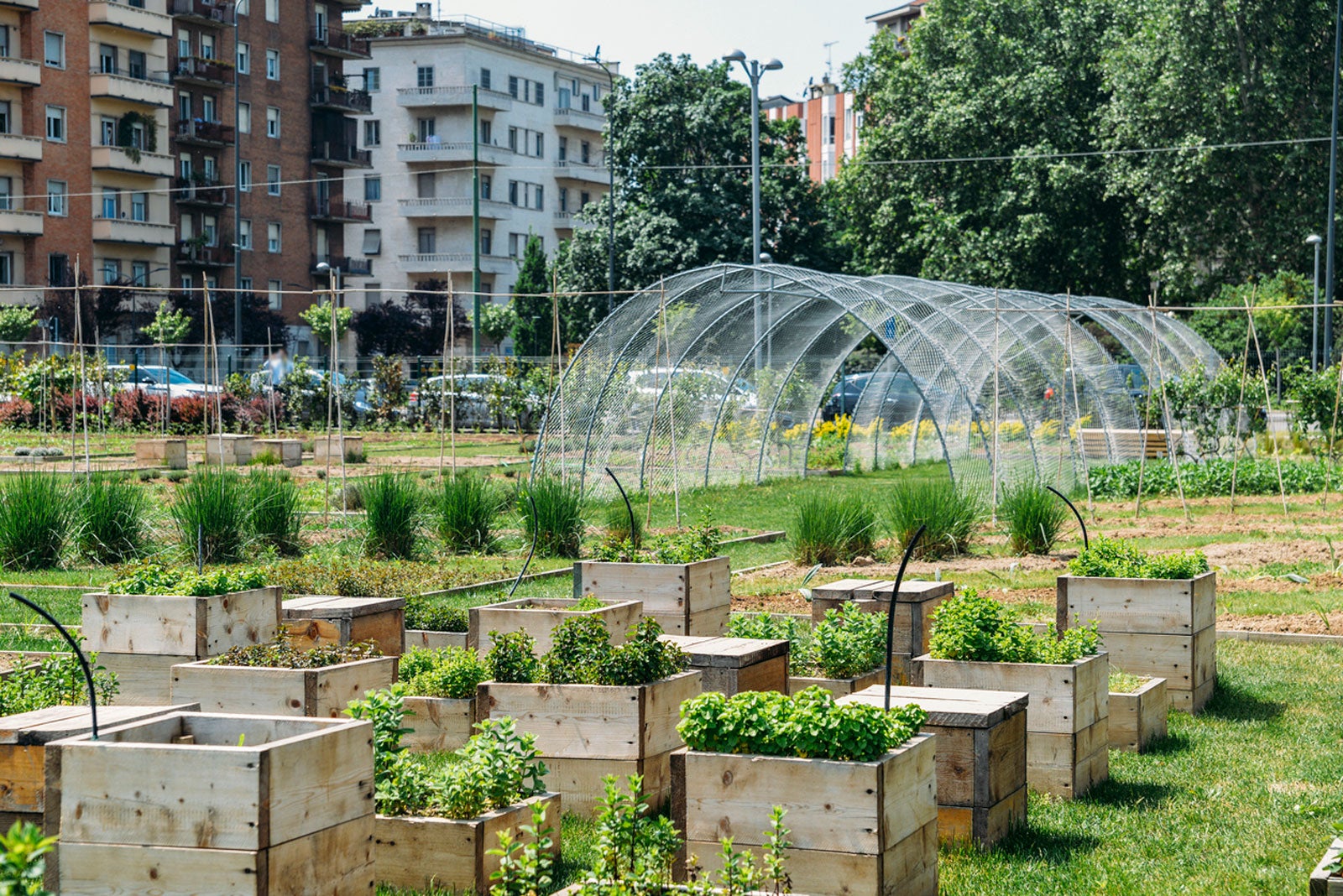The Ultimate Guide To City Blooming
Table of Contents6 Simple Techniques For City BloomingThe 10-Minute Rule for City BloomingSome Known Factual Statements About City Blooming Some Known Factual Statements About City Blooming How City Blooming can Save You Time, Stress, and Money.
Interested in expanding food available for sale in the City of Chicago? Considering beginning a neighborhood yard? Adjustments to the Chicago Zoning Statute permit agricultural uses like area gardens and urban ranches in many components of the city. Below is a listing of often asked questions pertaining to the guidelines and regulations that farmers ought to consider when planning a city agriculture project.
The zoning change does not change any kind of various other codes taking care of composting, structure authorizations, purchasing or renting City had property, service licenses or ecological contamination. There are existing codes that regulate these concerns and they remain in full effect and may apply to your task. Neighborhood yards are commonly possessed or managed by public entities, civic organizations or community-based organizations and preserved by volunteers.
Urban ranches grow food that is meant to be sold, either on a nonprofit or for-profit basis. Because of their business function, urban ranches call for an organization permit. Yes. A neighborhood yard is permitted to sell surplus produce that was grown on site if the sales are accessory or subservient to the garden's key function explained over.
Not known Facts About City Blooming
The amount of compost product can not exceed 25 cubic backyards at any given time according to the criteria in 7-28-715 of the City's Municipal Code. Because the dirt at a lot of brand-new garden sites requires modifying, compost, dirt, timber chips, or various other products can be acquired to build or enhance the growing room.

If a building license is required then the hoophouse will be thought about an accessory building. You can figure out even more regarding the structure permit requirements by getting in touch with the Division of Buildings. The 25,000-square-foot dimension limit is meant to stop a solitary neighborhood yard from controling a provided block or interfering with the block's existing domestic or commercial character.
The restriction does not relate to yards located in Public Open Area (POS) areas. Can there be greater than one neighborhood yard that is 25,000 square feet on a solitary block? Yes. The size limitation relates to individual gardens, not to specific blocks. No. Secure fencing is not required, nevertheless, yards that have huge parking lot might be required to set up secure fencing or various other landscaping functions.
Examine This Report about City Blooming
B1 & B2 areas need that all business use activities be conducted inside. R areas restrict industrial activity. The regulations show the objective and intent of the Zoning Code. Is secure fencing needed for city ranches? Yes. Fences may be required, along with landscape design and screening, for specific parking lot and outside work or storage areas relying on area and the particular task happening.
Yes. Urban farms need building authorizations and zoning authorizations prior to building. Various other forms of city testimonial may be called for relying on details frameworks, tasks, size, landscape design, licensing, public heath and stormwater monitoring problems. Most of these demands are recognized in the task style or permitting process, nonetheless, the applicant may be responsible to independently recognize particular licenses or permits that may be called for.
Yes. The sort of license is established by what is happening at the website. The Division of Business Matters and Customer Protection can assist determine the details kind of business certificate that's required. Yes. Off road car park is required for many commercial jobs in Chicago. The required number of garage is based upon the number of staff members servicing website and not the square video of the growing room.
See This Report about City Blooming

An More about the author urban ranch can market garden compost product created on website, nevertheless, the operation must comply with the policies in 7-28-715 of the Chicago Municipal Code. Aquaponic systems are enabled inside on urban ranches in several zoning districts.
As much as five hives or swarms of honey bees may be maintained as an accessory usage. Beekeepers have to register with the Illinois Division of Agriculture. For more information concerning the recommended zoning modification you might speak to the Department of Real Estate and Economic Advancement, Bureau of Preparation and Zoning at 312.744.8563.
Farming in cities and urban locations An urban farm in Chicago. Urban farming describes various techniques of cultivating. https://www.blogtalkradio.com/cityblooming, handling, and distributing food in metropolitan locations. The term also relates to the location tasks of animal husbandry, tank farming, beekeeping, and cultivation in a metropolitan context. Urban agriculture is differentiated from peri-urban farming, which happens in backwoods beside suburban areas.
The 5-Minute Rule for City Blooming
, that look for to form social networks started on a shared ethos of nature and neighborhood holism. These networks can create by way of official institutional support, becoming integrated into local community preparation as a "change community" activity for lasting city growth.
Some of the first evidence of metropolitan agriculture comes from Mesopotamia.